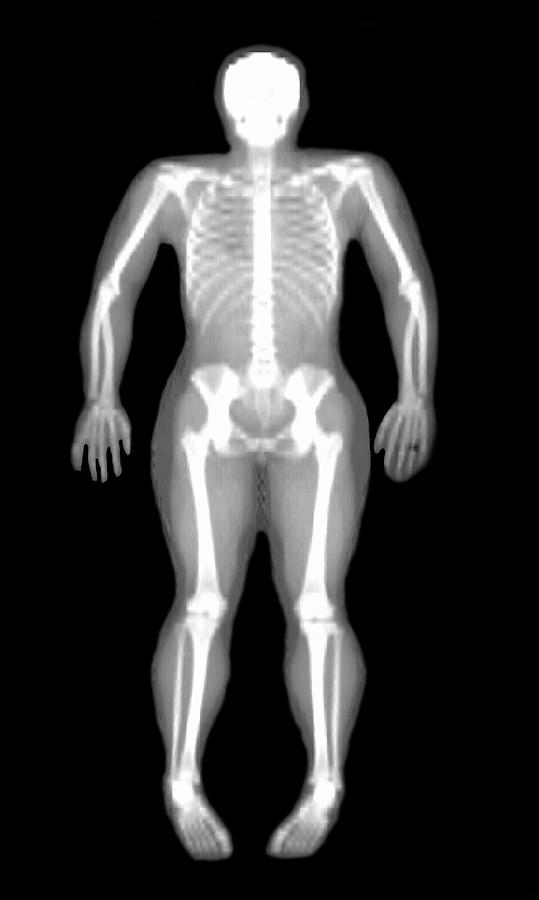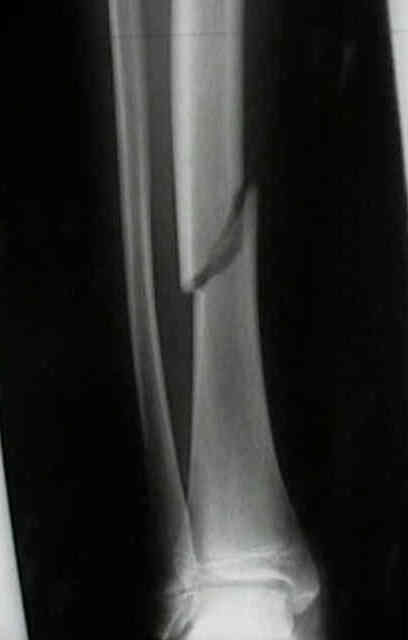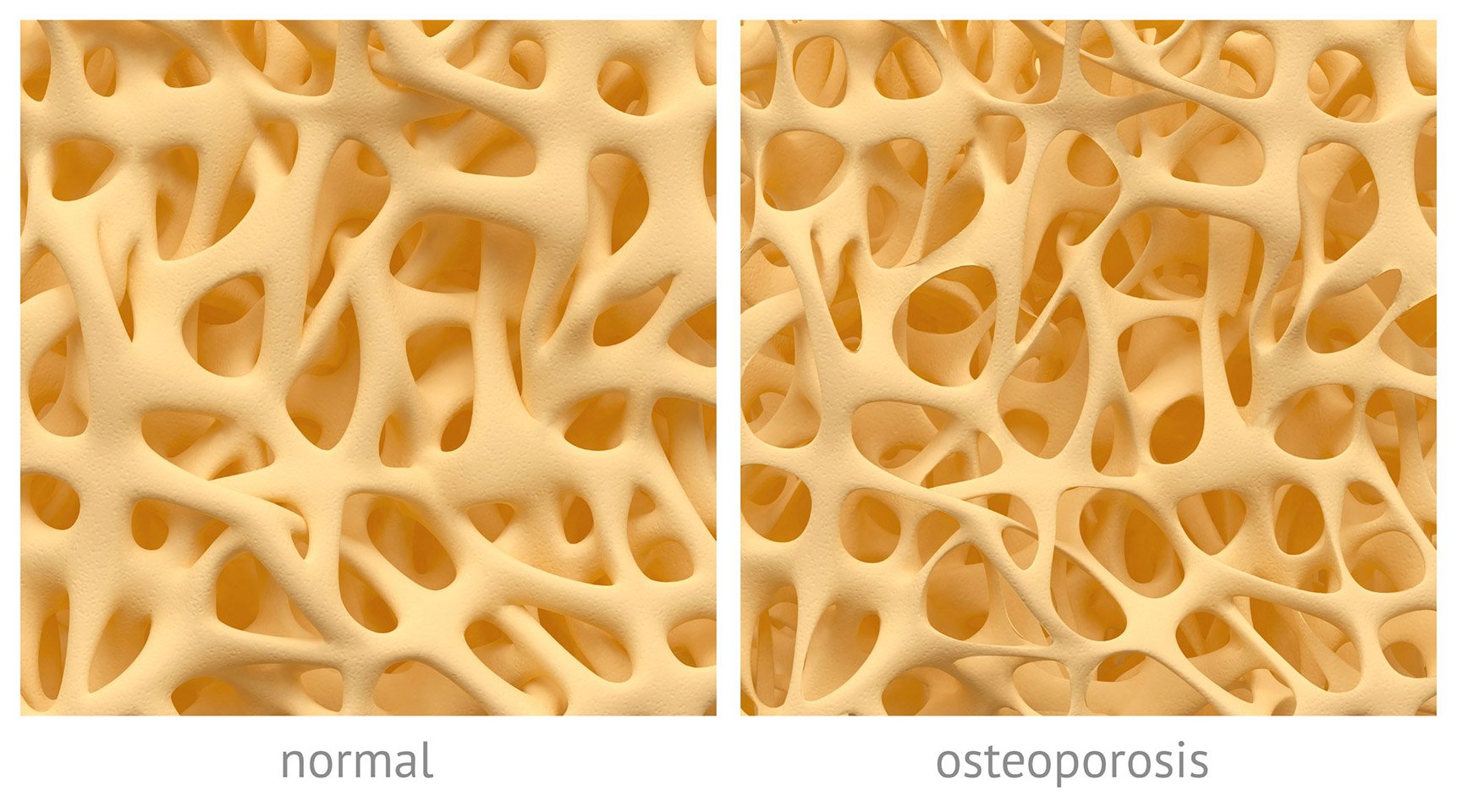

In particular, fall fractures among older adults with osteoporosis account for 12.1%. In Japan, the number one medical problem requiring nursing care is musculoskeletal disorders (24.6%) such as fractures and articular diseases caused by falling. In the United States, falling is a major cause of emergency hospital visits for individuals age 65 and older, with 70% of fatal accidents among this age group related to falling. It has been reported that 10 to 15% of these falls lead to a major injury. One in three individuals aged 65 and older experience at least one fall per year. Falls that occur when an individual has a decreased bone density can easily lead to bone fractures, thus shortening the life expectancy of older adults. Moreover, it is common knowledge that the bone density decreases with age, and that, in females in particular, the decrease in the production of estrogen following menopause can result in a sudden decrease in bone density. It is common knowledge that a decline in the muscle strength of older adults can lead to a decreased activity level in daily living, such as a deterioration of balance and a decreased walking ability, which can lead to a shorter life expectancy, while also preventing older adults from living fulfilling lives due to a decreased quality of life (QOL). It may also be effective to confirm a good oral function in order to maintain healthy living for older adults.įalling is an extremely serious event for older adults, requiring high medical expenses for treatment.

The bone density in the older adults showed a significant relationship not only with clinical characteristics or physical performance, but also with occlusal force. It was suggested that the bone density tends to increase if the occlusal force is high and/or the one-leg standing test results are good. According to a multiple regression analysis, clinical characteristics (sex, age, BMI), one-leg standing and occlusal force showed independent associations with the bone density. The participants physical performance showed a significant association with their bone states except for walking speed. The occlusal force, masticatory performance and the tongue pressure showed significant association with the bone density.

ResultsĮighty-one percent of the females and 58% of the males had osteoporosis or a decreased bone mass. For the statistical analyses, we used the Mann–Whitney U test, chi-square test, the Kruskal-Wallis, and a multiple regression analysis. The normal walking speed, knee extension force and one-leg standing test were evaluated as physical performance. We also evaluated body mass index (BMI) and skeletal muscle mass Index as clinical characteristics. Regarding the oral function, we evaluated the following factors: remaining teeth, occlusal support, masticatory performance, occlusal force, and tongue pressure. We checked all participants for osteoporosis using an ultrasonic bone density measuring device. Patients and methodsħ54 older adults aged 65 years or older who independently lived in rural regions and who were not taking any medications for osteoporosis participated. We assessed the relationship between the bone density and the both the oral function and physical performance among older adults. However, there currently is a lack of evidence regarding the relationship between bone density and the oral function. A person’s physical performance is known to be closely related to bone density, and a relationship between the physical performance and the oral function is also known to exist. Declining bone density increases the risk of falls resulting fractures in older adults. Falls among older adults with a low bone density can lead to a bedridden state.


 0 kommentar(er)
0 kommentar(er)
